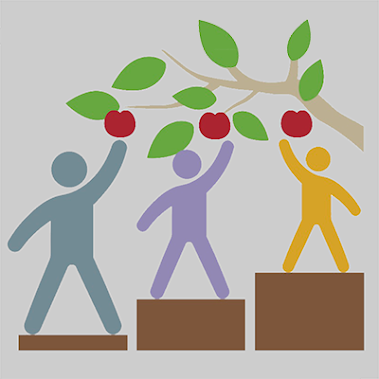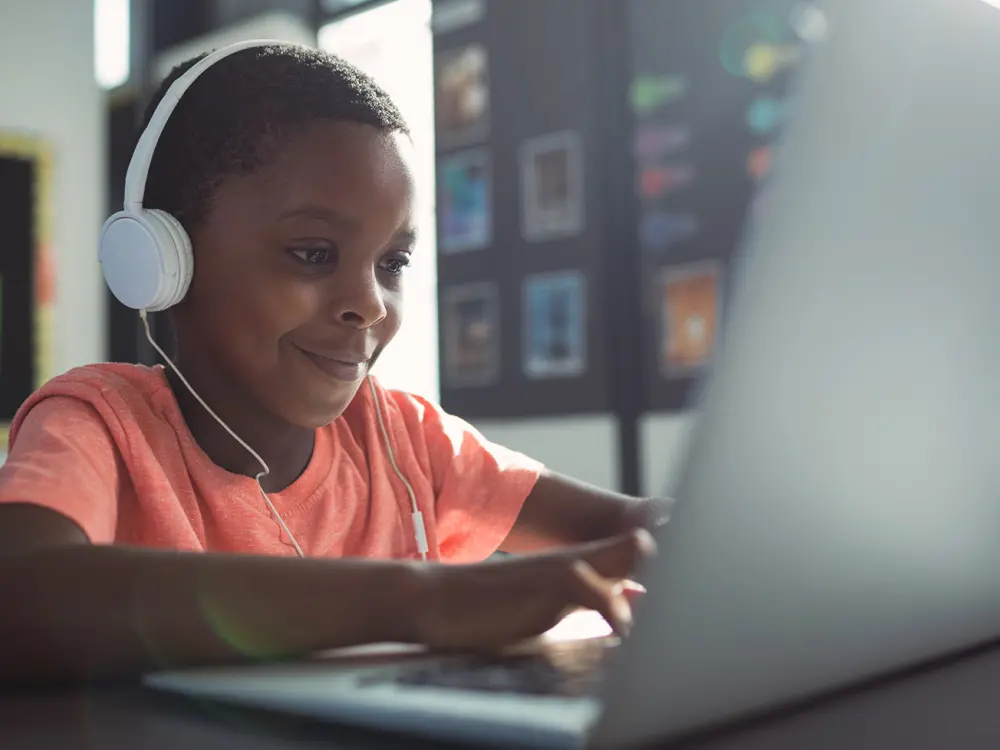Equity needs to be seen with in educators
In order to ensure our students are given an equity-focused education, we should also be looking at who is teaching them. According to USAFacts, 80% of teachers nationwide are white (USA Facts, 2022). The population of students is only 51% of the students being white (Census Bureau, 2019) . This does not show the students the world is equity-focused, so how do we curb that? We need to hold our values alongside our teachings. We need to value diversity in all its ways. I have been talking about how to create a classroom that welcomes differences and does not change what we are learning, but how it works best for them. We as a society and educators need to do the same. The needs to complete this are to have teachers learn their biases towards their students and coworkers and to hire a more diverse set of educators. There are tests that can be taken at home, or it can be a school-wide training, but either way, we need to know what the implications of biases are and how they ar...

